A set of 32 task cards that have students use their knowledge of place value to find specific numbers.
This teaching resource is a great way to practice students’ place value knowledge through physical activity.
This set of 32 task cards prompts students to find numbers that fit a specific description, all while performing some type of physical movement. Simply spread out a set of numbers you feel are appropriate for your students and read a description card. While performing the action given on the card, students must simultaneously find a number that matches the description. Once everyone has found a spot, have each child read their number to the class.
These task cards are leveled for your convenience. The first 16 green cards can be used with the numbers 0–20, while the remaining 16 yellow cards are meant to be used with numbers 0–120.
This resource works great with the 0-120 Number and Word Flashcards – Circles.
[resource:2653026]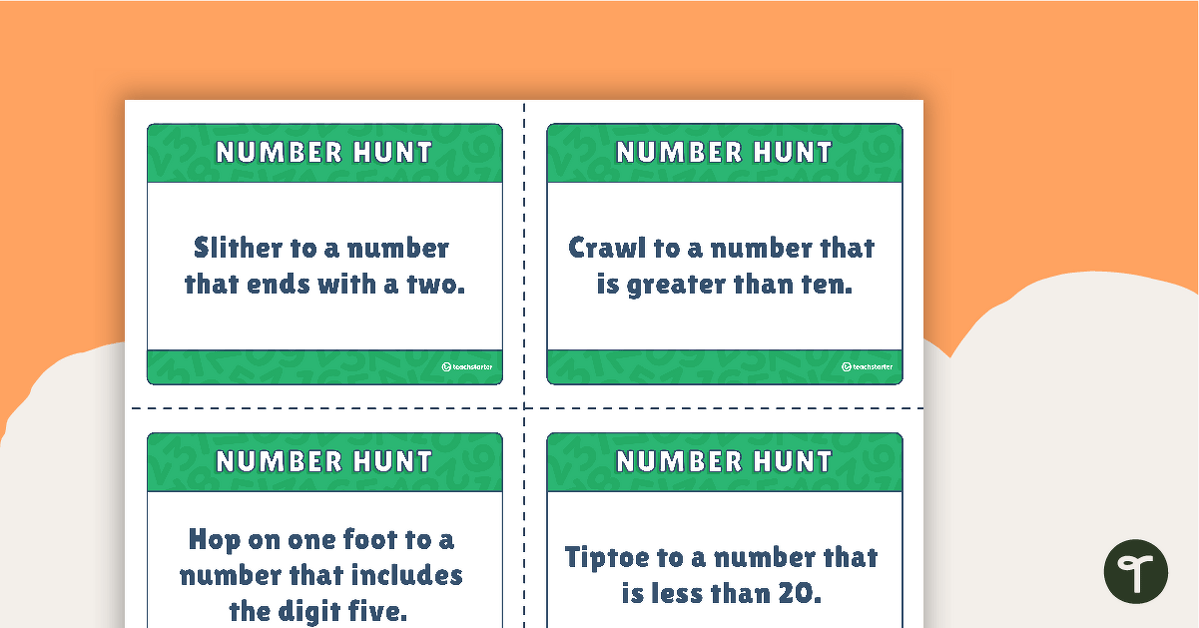
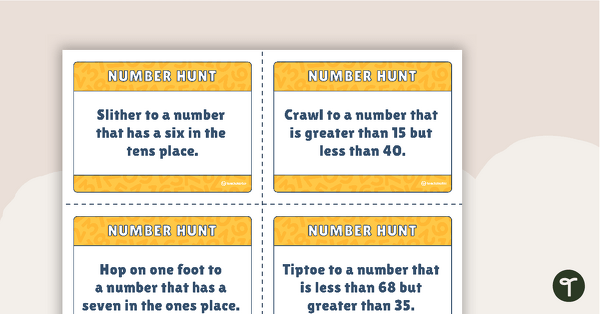

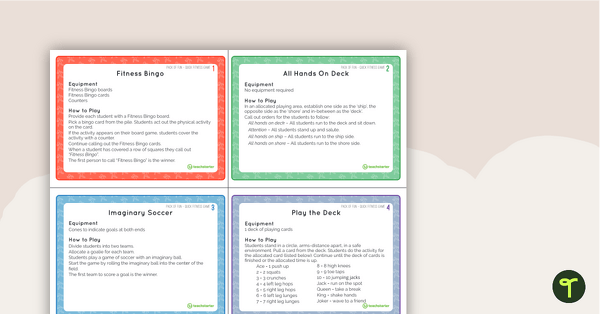
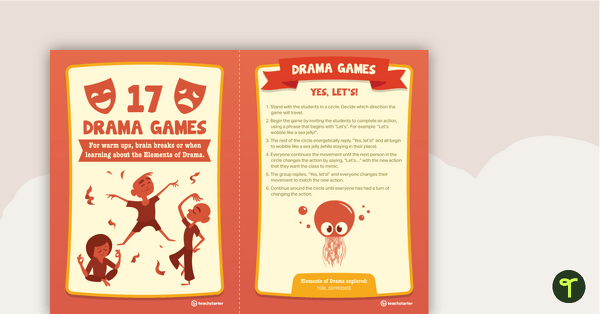
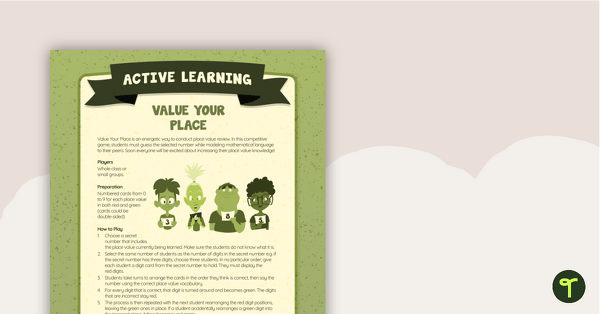
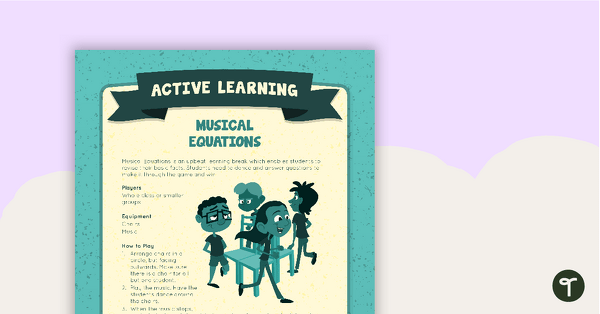
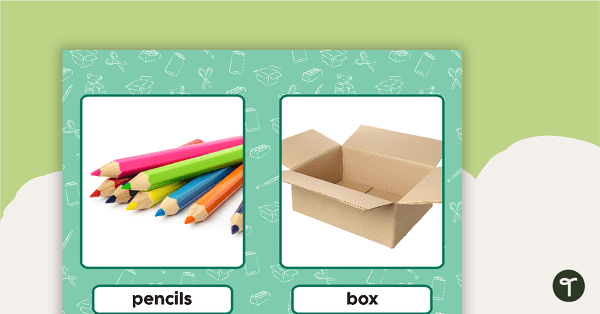
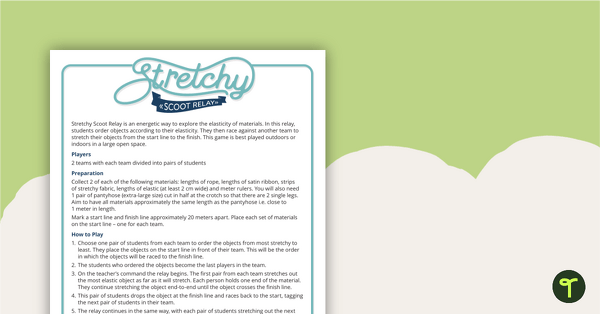
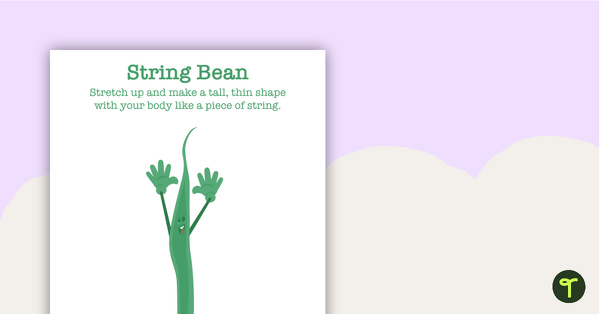
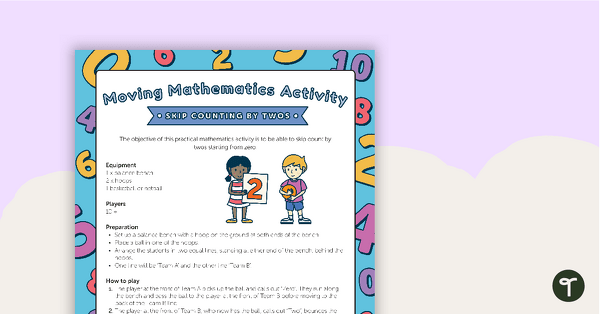
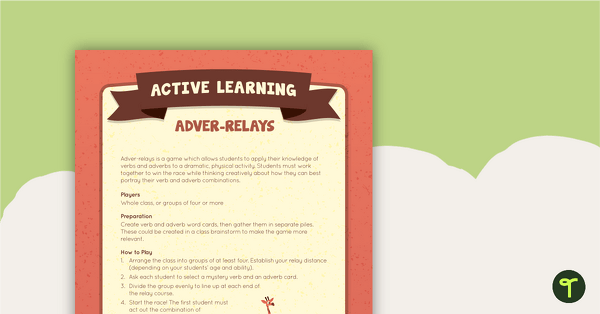
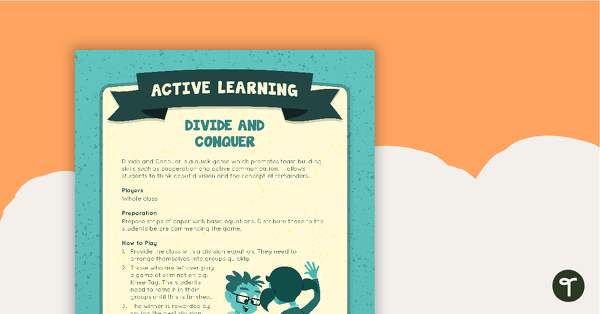
0 Comments
Write a review to help other teachers and parents like yourself. If you'd like to request a change to this resource, or report an error, select the corresponding tab above.